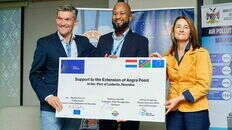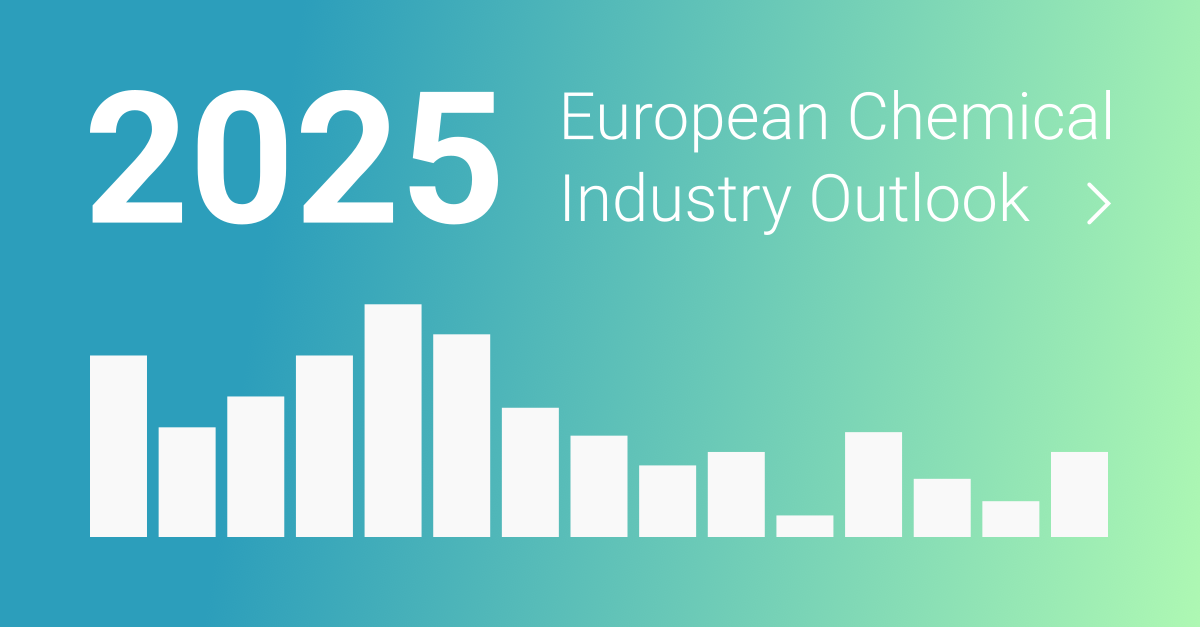- The EU and Port of Rotterdam will design a Green Minerals Terminal at Lüderitz's Angra Point.
- Namibia has started exporting green iron and plans to process manganese, lithium, and graphite locally.
- The project aligns with the EU's Global Gateway initiative for sustainable infrastructure investment.
- The terminal will support the export of processed minerals and various other cargoes.

EU and Port of Rotterdam Collaboration
The European Union has signed a service agreement with the Port of Rotterdam to design a Green Minerals Terminal at the Angra Point Hydrogen Hub in Lüderitz, Namibia. This initiative follows the EU–Namibia Memorandum of Understanding on green hydrogen and critical minerals cooperation.
Namibia's Role in Clean Energy
Namibia, through Namport, has begun exporting green iron and is planning to process minerals like manganese, lithium, and graphite locally. This development aims to enhance Namibia's position in the global clean energy supply chain.
EU's Global Gateway Initiative
The collaboration aligns with the EU's Global Gateway initiative, which seeks to boost global investment in sustainable infrastructure and energy transition projects. The initiative will support the design of a multi-user terminal for exporting processed mineral ores and other cargoes.
Strategic Objectives
This project represents a step towards establishing integrated green hydrogen and critical materials value chains between Namibia and northwestern Europe. The goals are to aid Europe's clean energy transition and promote Namibia's export growth, industrialization, and job creation.
